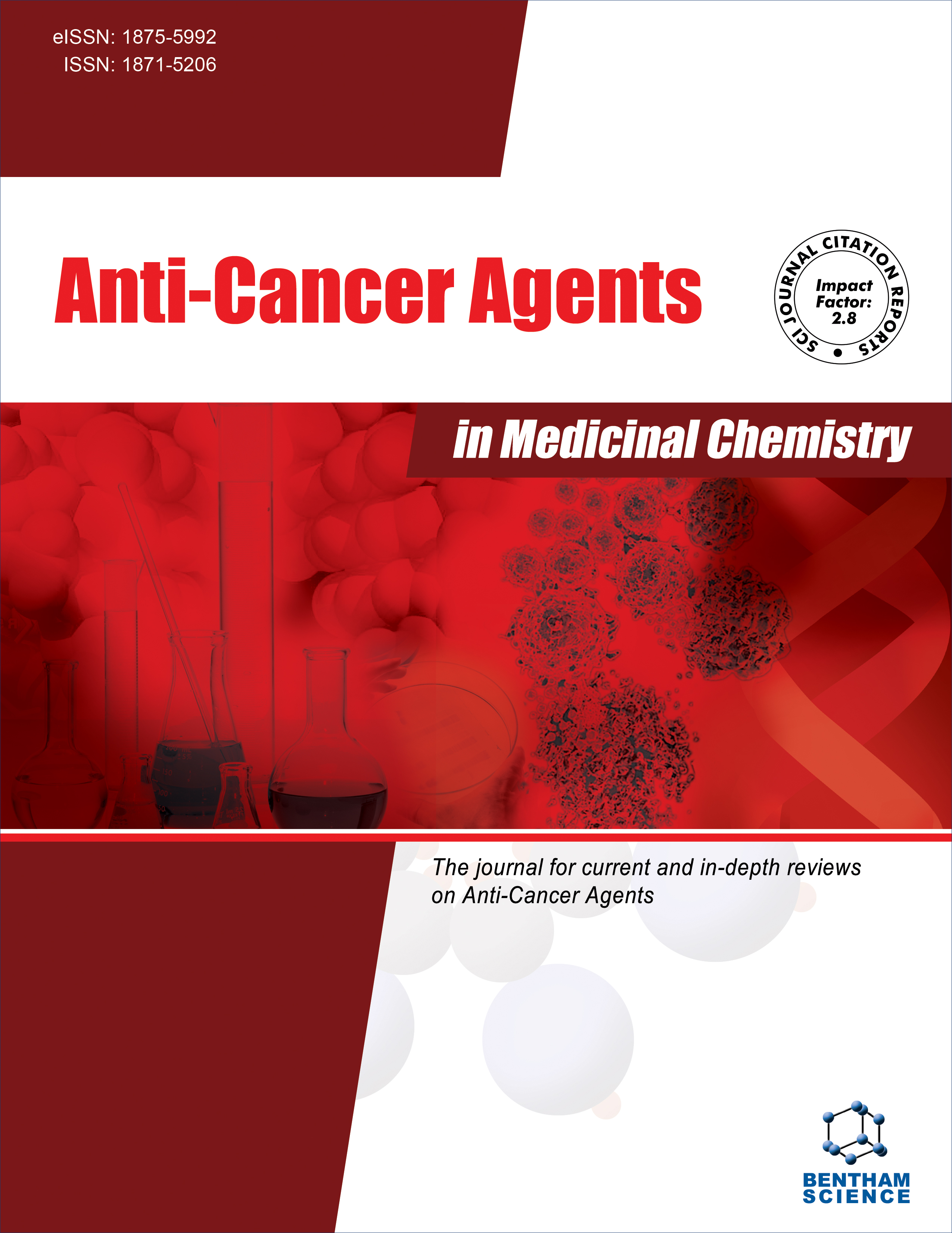
Full text loading...
We use cookies to track usage and preferences.I Understand
Doxorubicin (DOX) is an antitumor anthracycline used to treat a variety of malignancies; however, its clinical use is associated with noticeable hepatotoxicity. Therefore, the current study was designed to delineate if biosynthesized SeNPs with turmeric extract (Tur-SeNPs) could alleviate DOX-induced hepatic adverse effects.
Mice were orally post-treated with Tur extract, Tur-SeNPs, or N-acetyl cysteine after the intraperitoneal injection of DOX.
Our findings have unveiled a remarkable liver attenuating effect in DOX-injected mice post-treated with Tur-SeNPs. High serum levels of ALT, AST, ALP, and total bilirubin induced by DOX were significantly decreased by Tur-SeNPs therapy. Furthermore, Tur-SeNPs counteracted DOX-caused hepatic oxidative stress, indicated by decreased MDA and NO levels along with elevated levels of SOD, CAT, GPx, GR, GSH, and mRNA expression levels of Nrf-2. Noteworthily, decreased hepatic IL-1β, TNF-α, and NF-κB p65 levels in addition to downregulated iNOS gene expression in Tur-SeNPs-treated mice have indicated their potent anti-inflammatory impact. Post-treatment with Tur-SeNPs also mitigated the hepatic apoptosis evoked by DOX injection. A liver histological examination confirmed the biochemical and molecular findings.
In brief, the outcomes have demonstrated Tur loaded with nanoselenium to successfully mitigate the liver damage induced by DOX via blocking oxidative stress, and inflammatory and apoptotic signaling.

Article metrics loading...

Full text loading...
References


Data & Media loading...

